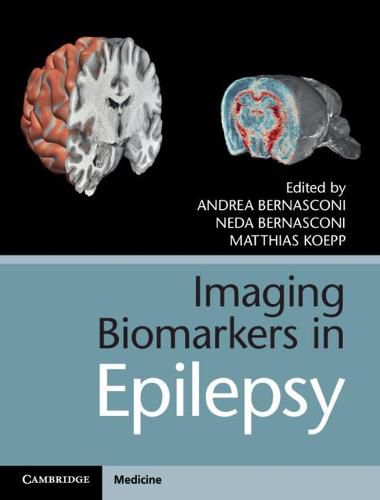Readings Newsletter
Become a Readings Member to make your shopping experience even easier.
Sign in or sign up for free!
You’re not far away from qualifying for FREE standard shipping within Australia
You’ve qualified for FREE standard shipping within Australia
The cart is loading…






Epilepsy is a prevalent and serious neurological disorder. This vital textbook addresses the role of neuroimaging as a unique tool to provide in vivo biomarkers aimed at furthering our understanding of causes and consequences of epilepsy in a day-to-day clinical context. Unique in its approach, this translational book presents a critical appraisal of advanced pre-clinical biomarkers that allows capturing epileptogenesis at molecular, cellular, and neuronal system levels. The book is divided into four sections. Part I includes a series of chapters focused on imaging of early disease stages. Part II discusses lesion detection and network analysis methods. Part III focuses on imaging methods used to predict response to antiepileptic drugs and surgery. Finally, Part IV presents imaging techniques used to evaluate disease consequence.
$9.00 standard shipping within Australia
FREE standard shipping within Australia for orders over $100.00
Express & International shipping calculated at checkout
Epilepsy is a prevalent and serious neurological disorder. This vital textbook addresses the role of neuroimaging as a unique tool to provide in vivo biomarkers aimed at furthering our understanding of causes and consequences of epilepsy in a day-to-day clinical context. Unique in its approach, this translational book presents a critical appraisal of advanced pre-clinical biomarkers that allows capturing epileptogenesis at molecular, cellular, and neuronal system levels. The book is divided into four sections. Part I includes a series of chapters focused on imaging of early disease stages. Part II discusses lesion detection and network analysis methods. Part III focuses on imaging methods used to predict response to antiepileptic drugs and surgery. Finally, Part IV presents imaging techniques used to evaluate disease consequence.